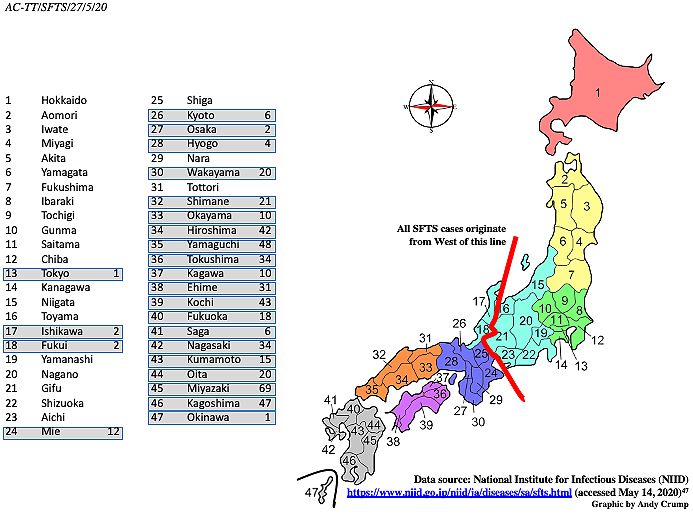



According to Zielenziger, by the late 1980s, everyone thought that Japan was going to rule the world. Japan also became increasingly technologically advanced and urbanised, its economy flourishing against all odds. As Western influences became more prominent, the nuclear family became the dominant family structure. However, after its defeat in the Second World War, Japan was once again in the clutches of foreign powers, with many of its institutions being dismantled in the postwar era of US occupation. Learning from this mistake, according to Zielenziger, “Japan rushed into modernisation, determined not to kneel at the mercy of Western invaders.” Armed with industry, technology and a rapidly scaling military, Japanese forces would colonise most of their neighbours in East Asia. Confucianism spread to Japan during the fourth century BCE and was particularly influential from 1603 CE to 1868 CE during the time of Tokugawa shogunate. The idea of isolation in Japan dates back to the early days of Confucius and Buddhist thought, which regarded solitude as an exercise in enlightenment. Another point of contention is the ability to apply the term outside of Japan, given that it is a uniquely Japanese phenomenon, characterized by cultural norms. “A part of the phenomenon means lacking productivity,” he says, “so if you have online communications but aren’t meaningfully contributing to society, I would still classify that as hikikomori. However, Zielenziger stresses that what distinguishes hikikomori from other individuals who are homebound by choice or necessity is their inability to significantly engage with the outside world. With the emergence of social messaging apps, the prevalence of mass online gaming communities and the shift to teleconferencing during the pandemic, does a person need to leave their homes in order to be a part of society?Īccording to Michael Zielenziger, author of Shutting Out the Sun: How Japan Created Its Own Lost Generation, the answer is both uncertain and case specific. The question surrounding the definition of hikikomori also pertains to its relevance in the era of social media. He believes that the real figure is closer to two million, with the potential of it rising to as high as 10 million in the coming years. However, Saito Tamaki, the psychiatrist who popularised this term, claims that these figures are huge understatements. In November 2022, the Japanese Cabinet Office estimated that there are 1.5 million people in the country who are living as recluses, a phenomenon known as hikikomori. He uses wet wipes to maintain daily hygiene, emerging only monthly from his room to shower, almost exclusively when no one else is around. Although he has lived in that house with his parents and younger brother his whole life, over the last 16 years, he has only met his family on a handful of occasions. Occasionally, when she is unable to do so, he ventures out in the middle of the night to buy snacks from neighbourhood 24/7 convenience stores. His meals are provided to him by his mother, who leaves them in a tray outside his door.
#Shut in syndrome japan windows
His windows are duct taped to keep the sun out and his room is covered in plastic bags filled with trash, feces, and bottles of urine. He either spends most of his time on the internet or plays games and reads comic books while the rest of the world sleeps. For 32-year-old Kaito* from Chiba, a sparsely populated suburb in Tokyo, life for the last 16 years has been confined to a single room.


 0 kommentar(er)
0 kommentar(er)
